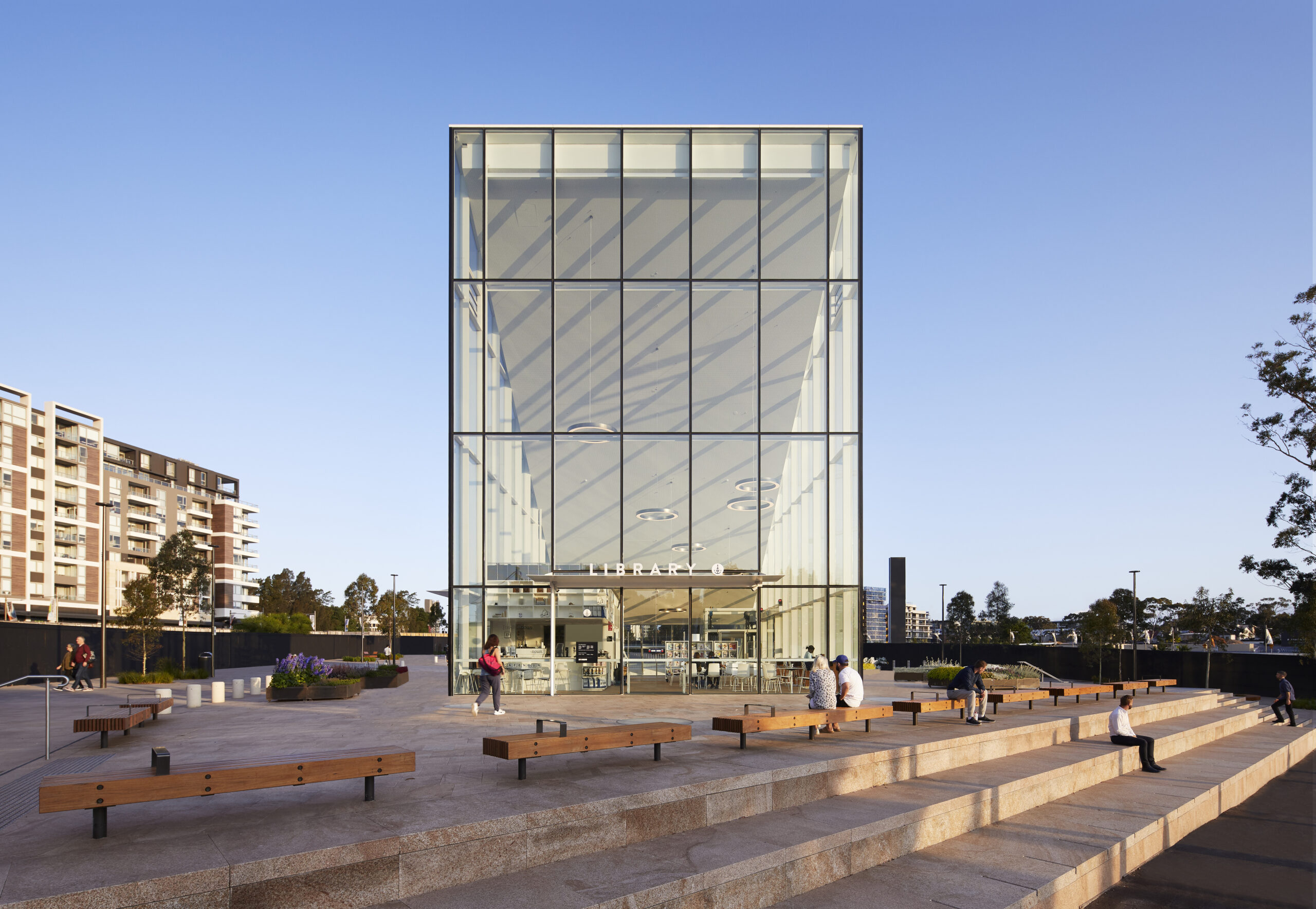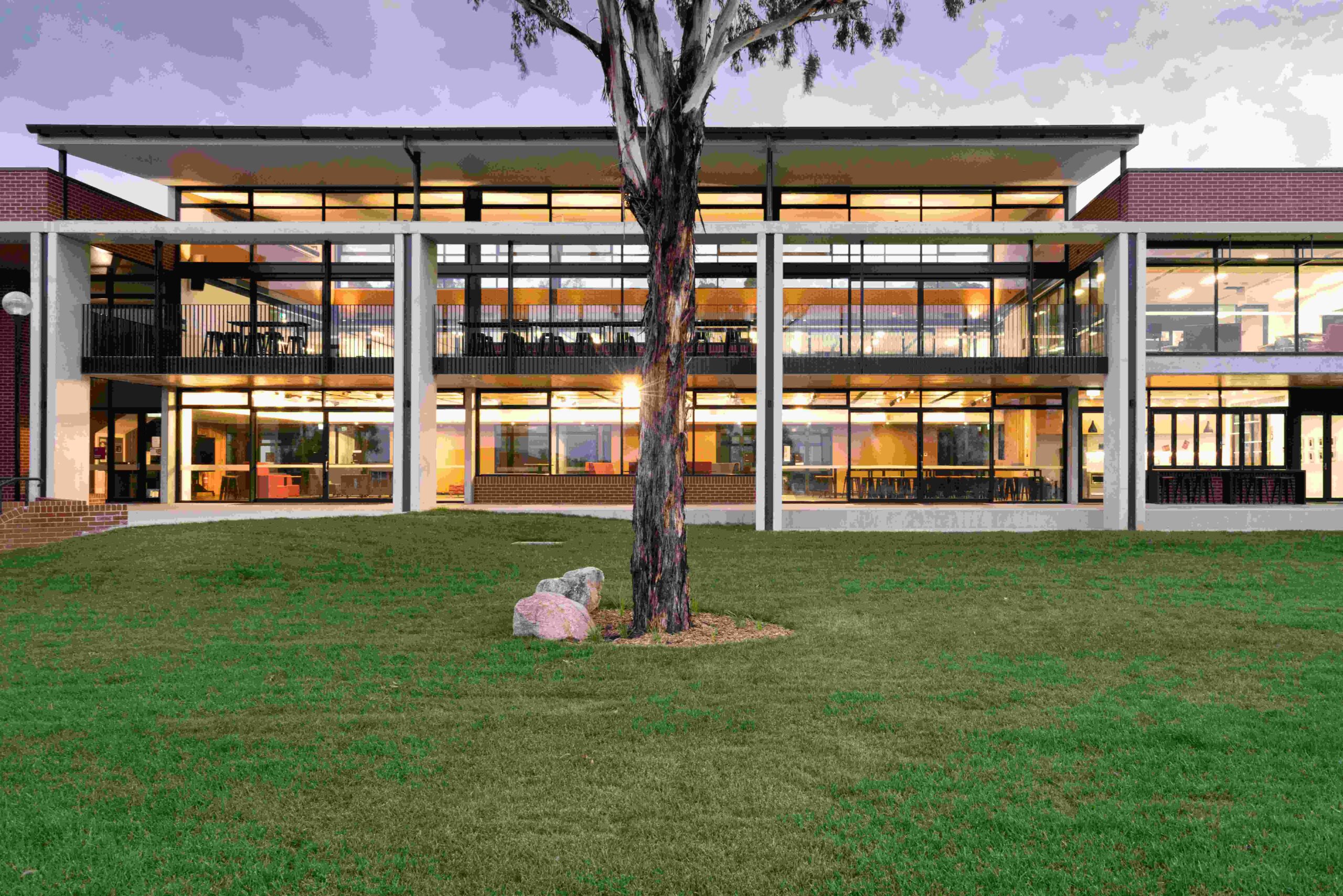Stewart Architecture shapes connected, inclusive cities with generosity and invention. For us, city-making, architecture and interiors are all parts of the same idea, and our aim is to achieve a more succinct conversation between them. All should be connected, and all are better for being delivered in an integrated way, with urbanists sitting alongside architects and interior designers.
Stewart Architecture is an established award-winning architectural practice with specialised expertise in urban design, architecture and interior design. Established in 1987, the practice is committed to achieving high standards of work, evidenced in receiving awards from the Australian Institute of Architects, the Planning Institute of Australia and the Master Builders Association. Stewart Architecture studios are located in Canberra and Sydney with a combined team of 40+ architects and designers.
What does NoCO2 Certification mean?
By meeting the requirements of the NoCO2 Program, Stewart Architecture are certified as a Carbon Neutral business by CRI; can be promoted and marketed as such and can display the NoCO2 Logo issued by CRI. To achieve this status and become carbon neutral Stewart Architecture undertook the following process:
- Commissioned a NoCO2 audit from CRI to measure their carbon footprint for FY2023. CRI’s NoCO2 audit follows the standards outlined by the World Business Council for Sustainable Development’s Greenhouse Gas Protocol Corporate Accounting and Reporting Standard (1), in addition to the international standard ISO 14064.1 (2).
- Have committed to offset their unavoidable emissions through the purchase of units in approved projects under the Verified Carbon Standard (VCS) and Gold Standard, and
- Committed to ongoing annual auditing of their emissions.
What Carbon Credit Projects does Stewart Architecture purchase offsets from?
India Clean Energy from Biomass
The aim of Biomass projects is to utilize agricultural waste or other non-renewable biomass residues as fuel to generate power and to lower the plant’s dependence on the local grid for electricity. Before the implementation of the project, the electricity needs of such plants were met by power from a coal-dominated grid. To meet the rising energy demands in production, a new efficient biomass boiler was installed together with a steam turbine, producing both steam and electricity. The new boilers are fuelled with locally available agricultural waste instead of traditional, emission-intensive coal.
Before the start of the project, these agricultural residues were not used. They were either burned without harnessing the resulting thermal energy or simply left to decay, thereby generating methane emissions. The plant’s steam and electricity requirements can be now supplied by the new cogeneration unit. The investment required for the installation of the new cogeneration unit could not have been raised were it not for the revenue from sales of carbon credits.
Certifications
Certified NoCO2 Business
Carbon Neutral Service



Contact
Stewart Architecture
2/233 - 235 Bulwara Rd, Ultimo NSW 2007





